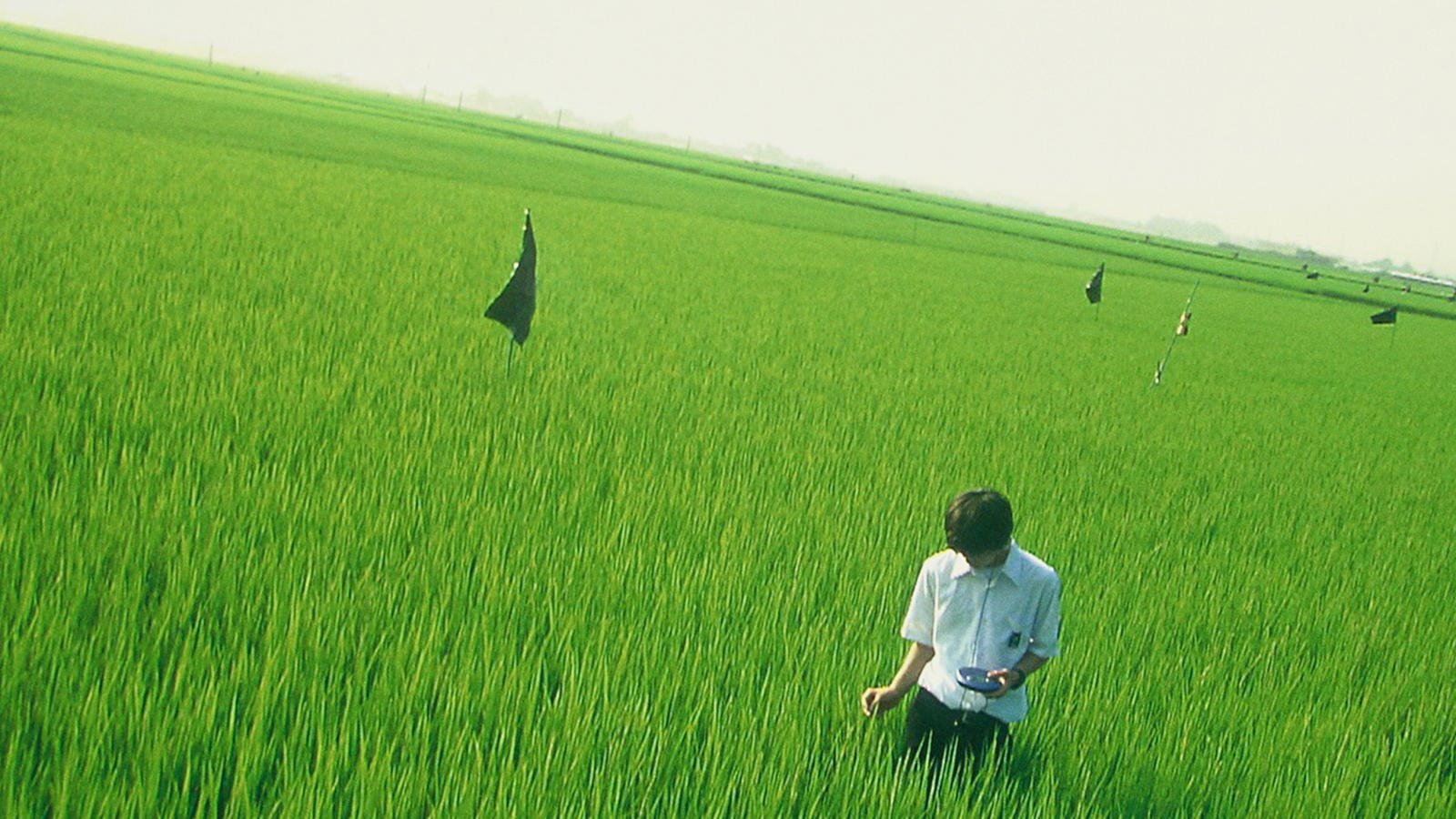The Blue Ballads Of Hako Yamasaki

The enigmatic 70’s folk singer Hako Yamasaki, melodic and bittersweet, brings us back to a place we’ve never been through her lyrics.
Japan in the 1970s was a hot spot for emerging music. With Western music being increasingly available, artists did not shy away from experimenting. Jazz and its sub-genres were successful nationwide, and back then City Pop music was just starting up. In the midst of this creative boom, a folk singer under the name of Hako Yamasaki made her debut as well. Melodic, nostalgic and haunting voice, she’s now considered a classic in Japan from this era.
Hako Yamasaki, originally Hatsuko Yamasaki, was born in Oita prefecture, Japan, on May 18th, 1957. She grew up in the serenity of Hita city, later moving out of her hometown to Yokohama in her teenage years.
Shortly after graduating high school, Yamasaki’s career as a singer debuts with her first album titled Tobimasu (I Will Fly). She was only 18 years old when she was noticed. Critics were said to be impressed by her expressive and powerful voice, in contrast to her small stature and delicate features.
In the year of her first project, she became a sensational hit by making an appearance in “Pack-in Music” at TBS Hall and was titled “ The Madonna of late-night broadcasting” at TBS Radio. Her first two albums were released through Elec Records, one of the first independent record labels in Japan, who also specialized in the folk genre. Yamasaki was recognized for her ache and passion in her songs, similarly to the legendary Janis Joplin or contemporary singer-songwriter Lana Del Rey.
In her most active years, between 1975 to 1996, she released over 20 albums, notably Tsunawatari (Tightrope Walking), and multiple singles.
Yamasaki Hako’s first appearance on TV, 1986
Her first album Tobimasu by Hako Yamasaki,
full album, 1975
What differentiates Hako Yamasaki from the other musician-singers of that time is that she sings in her own perspective, as a woman. With the rise of feminism in Japan in the 1970s, with activist groups like Chuu-Pi-Ren and Tatakau Onna, Hamasaki definitely found her place in these times, as women were just beginning to find more independence and credibility in the music industry.
Sharing her pain and nostalgia through her lyrics, she deeply touches her audience.
Her music is expressive, full of emotion, and is a powerful poetic vision of her own agony and strength. One of Yamasaki’s strengths is her lyrical storytelling because she covers delicate themes like intimacy and relationships without being crude or cliche. Her voice cascades from gentle to thunder-like puissance.
Descriptively, she fits into the musical categories of folk, alternative rock, psychedelic rock and occasionally soft pop, yet her blue ballads are unlike anything else of that time, with tearful performances and lyrics forever immortalizing the bittersweetness of heartache.
Despite her recurring themes of longing and sorrow, Yamasaki has said that she writes melancholic songs in order to inspire strength and get over the hard times since the singer believes that the feeling of weakness and insecurity is poison to the mind.
After a long hiatus, Yamasaki released a comeback album in 2006 titled Utaitaino (I Want to Sing) after a series of financial setbacks. Yamasaki Hako married Hiromi Yasuda in 2001, a guitarist who would often work with her. He, unfortunately, passed away in 2020. Nowadays, still based in Yokohama, she remains active as a singer but also is a writer and an actress.
About the Author:
Mizuki Khoury
Born in Montreal, based in Tokyo. Sabukaru’s senior writer and works as an artist under Exit Number Five.





